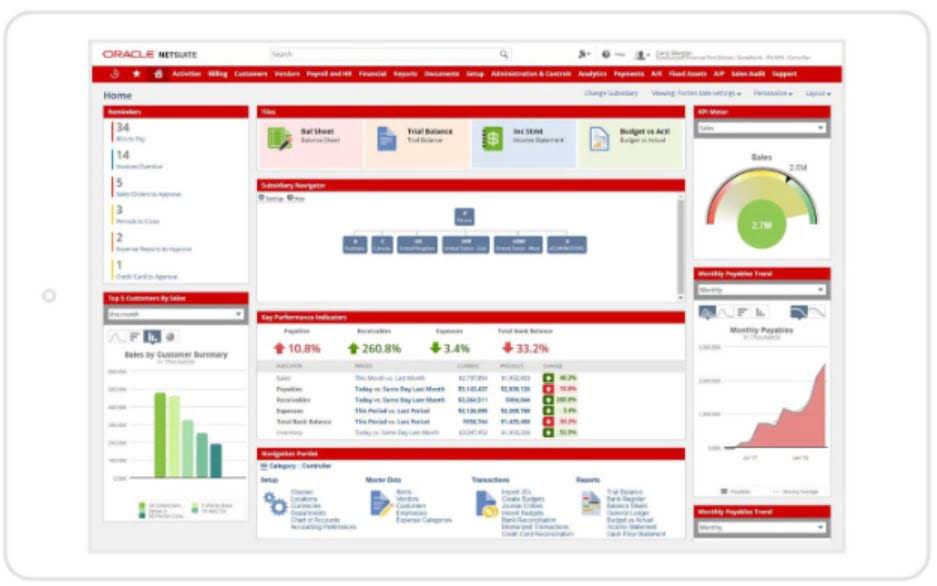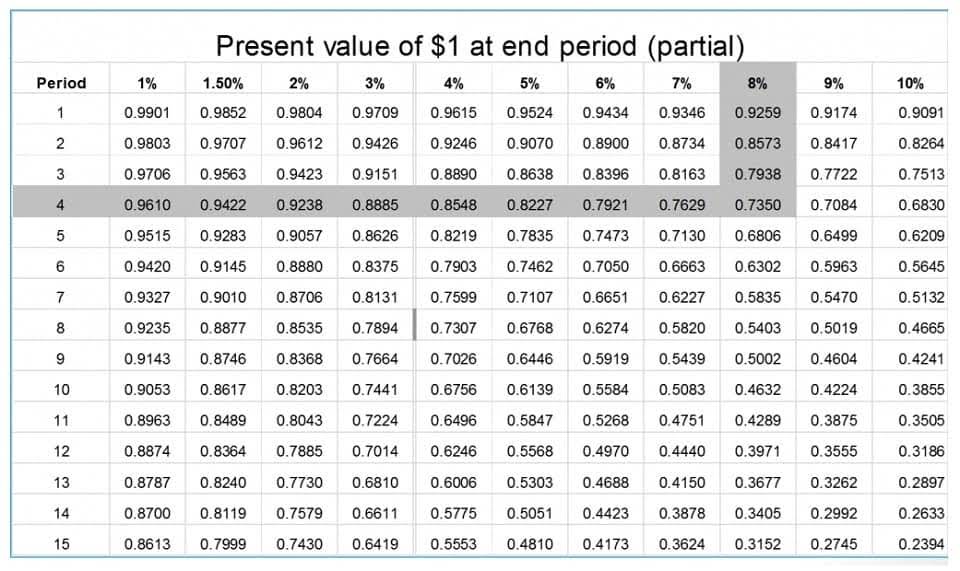
Traditional statements calculate gross profit margin, which is determined contribution margin statement by subtracting the cost of goods sold (COGS) from revenue. Contribution format statements produce a contribution margin, which is the result of subtracting variable costs from revenue. Variable costs are less than COGS, which also may include fixed and variable costs, so a business’s contribution margin is usually higher than its gross margin. Contribution margin income statements can help business managers control costs, set prices, and make decisions about business segments, such as expanding profitable product lines or discontinuing less profitable ones. A contribution margin income statement for the total company and an example of the company’s segments are presented in Exhibit 5-1.
Example 2 – multi product company:
- Using the provided data above, we can calculate the price per unit by dividing the total product revenue by the number of products sold.
- Management uses the contribution margin in several different forms to production and pricing decisions within the business.
- Because the direct costs of a segment are clearly identified with that segment, these costs are often controllable by the segment manager.
- Regardless of how much it is used and how many units are sold, its cost remains the same.
- This figure helps in identifying the break-even point—where your revenue equals your total costs, and you’re neither losing money nor making a profit.
Taxes and other company expenses can obscure how well a company’s products or services perform. This makes the EBITDA figure important for investors looking to put money into a business. It’s important to note this is a very simplified look at a contribution margin income statement format. Some other examples of fixed costs are equipment and machinery, salaries that aren’t directly related to the product’s manufacturing, and fixed administrative costs.

Step 5. Have your Accountant Prepare a Sales Projection
Managers must evaluate returns on sales from both these perspectives when making decisions moving forward. At the same sales levels, the East has higher variable costs for both production and selling. Management may look at the mix of products sold in each region to determine if differences in costs in the regions are product related or if action needs to be taken to contain costs in the East. Remember the format and ignore the traditional (absorption) income statement.

More about contribution margin income statements
Costs may be either directly or indirectly related to a particular cost object. A cost object is a segment, product, or other item for which costs may be accumulated. After printing the Contribution Margin (Statement) Form, show it to your accountant so that you can petty cash discuss the results.
Concepts used in segmental analysis

Whether you’re pricing your new cupcake line or deciding which fitness gear to expand, this tool provides a clear path real estate cash flow to sustainable profitability. And remember, financial software can simplify the process, making it easier to track and update your data. For that, you’ll need a tool that automates data collection, accurately calculates financial insights, and produces customizable reports.
- It provides one way to show the profit potential of a particular product offered by a company and shows the portion of sales that helps to cover the company’s fixed costs.
- Let’s assume the company sells 1,000 units of skincare products for $50 each, totaling $50,000 in revenue.
- Getting this calculation right can be time-consuming and relies on consistent reporting for fixed and variable earnings.
- In a given situation, it may be possible to identify an indirect cost that would be eliminated if the cost object were eliminated, but this would be the exception to the general rule.
- As a result, many companies prepare an income statement for internal use with the format shown below.
